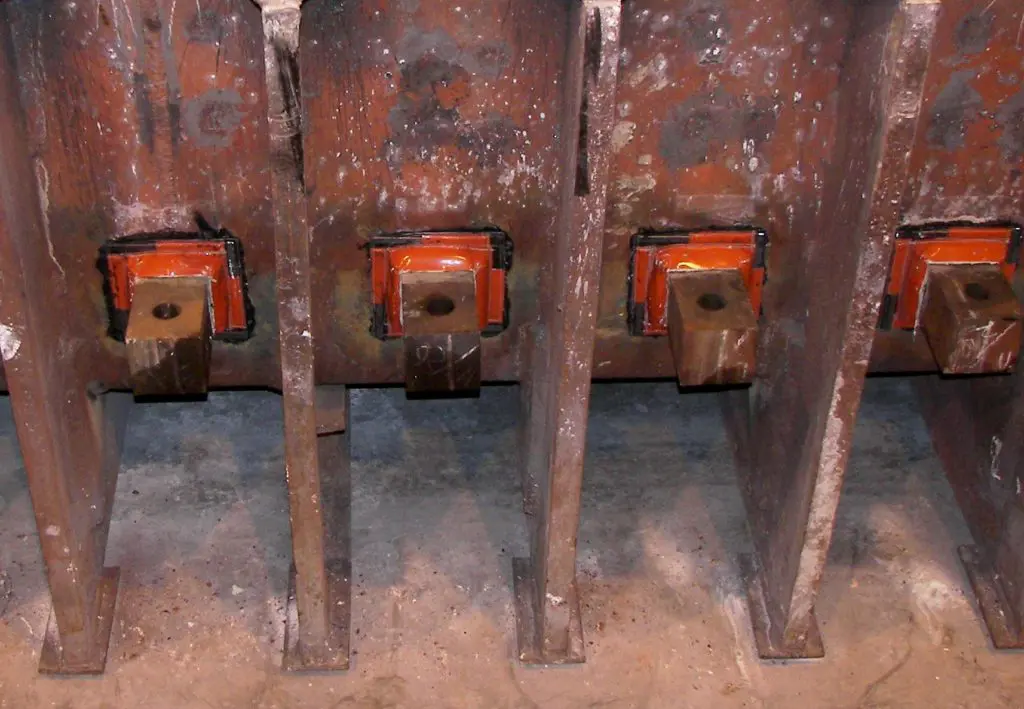Aluminum production has historically been marred by a high carbon footprint and poor sustainability. Significant steps have been taken in recent years to improve the industry’s green credentials – specifically, those of primary aluminum manufacturing. High-temperature seals have been instrumental in improving sustainability in the aluminum industry, which has experienced a carbon footprint decrease of almost 40% since 1995.
High-Temperature Seals for Primary Aluminium
Primary aluminum production has proven problematic from a sustainability perspective due to the extremely high melting point of aluminum oxide (alumina) which melts at 2050°C (3722°F). The extraction of aluminum from alumina is carried out via electrochemical reduction of the molten material. Generating such a temperature for extended periods would consume excessive amounts of energy, requiring exceptionally stable processing equipment and extremely high-temperature seals.

The Hall-Héroult process, which was developed in 1886, aimed to resolve this issue by decreasing the material’s melting point. This uses an electrolytic bath filled with molten cryolite to dissolve alumina powder and reduce its melting point to 980°C (1796°F). Carbon anodes then introduce a DC current of as much as 600 kiloamps (kA) to the bath, causing the molecules of alumina to split into their individual components: aluminum and oxygen. High-temperature seals are used throughout a Hall-Héroult reduction cell to protect essential components from thermal shock, thermal expansion, molten splash, and oxidation.
Fabricated High-Temperature Seals from Mid Mountain Materials, Inc.
Despite the high energy consumption of Hall-Héroult reduction, it remains the most efficient method of aluminum extraction. Rather than reinvent the wheel, manufacturers have focused on optimizing reduction cells to limit exhaust emissions, heat propagation, and structural damage due to corrosion and heat. This is additionally challenging given the complex architecture of the cell, which comprises anodes that protrude through the walls of the electrolytic bath.
Fabricated high-temperature seals for reduction cells vary enormously, but they are generally comprised of a refractory textile with a proprietary coating. THERMOPAK® Seals and Fabricated Components from Mid-Mountain are engineered from a variety of high-temperature resistant, chemical resistant and abrasion resistant materials. These materials have also proven suitable for sealing external cathode bars in Hall-Héroult cells, helping to reduce chemical degradation of the unit and costly maintenance.
Our THERMOPAK® Seals and Fabricated Components can be engineered for continuous operating temperatures as high as 2760°C (5000°F), providing long-lasting performance in extreme aluminum production environments. Proper implementation of high-temperature thermal seals can help combat energy wastage and reduce the lateral release of harmful emissions. If you would like to learn more about our THERMOPAK® solutions, please do not hesitate to contact us directly.
[Source: The Aluminum Association]

